10" 300LB gate valve is made according to API 600 standard. The valve body is made of ASTM A217 C5. It has the structural characteristics of bolt cover, elastic gate, rising stem, OS&Y, full bore and body valve seat. Its connection mode is RF (125~250AARH). And it has bevel gear operation mode.
Payment:
30% when order confirmed, 70% before shipmentProduct Origin:
ChinaColor:
CustomizationShipping Port:
Shanghai, ChinaLead Time:
30~60 days Ex Works after order confirmationMaterial:
ASTM A217 C5Method of Operation:
Bevel GearProduct Description
|
Type |
Gate Valve |
|
Size |
10" |
|
Pressure |
300LB |
|
Connection |
RF (125~250AARH) |
|
Operation |
Bevel Gear |
|
Body Material |
ASTM A217 C5 |
|
Design Norm |
API 600 |
|
Face to Face Dimension |
ASME B16.10 |
|
Flange Dimension |
ASME B16.5 |
|
Test & Inspection Code |
API 598 |
|
Temperature |
-29 ~ 650°C |
|
Applicable Medium |
Water, Oil and Gas |
Features
1. Compact structure, reasonable design, smooth channel, and low flow resistance coefficient;
2. Long service life, widely used in pipelines of various systems in petroleum, chemical, hydraulic, and thermal power plants.
Technical Drawing
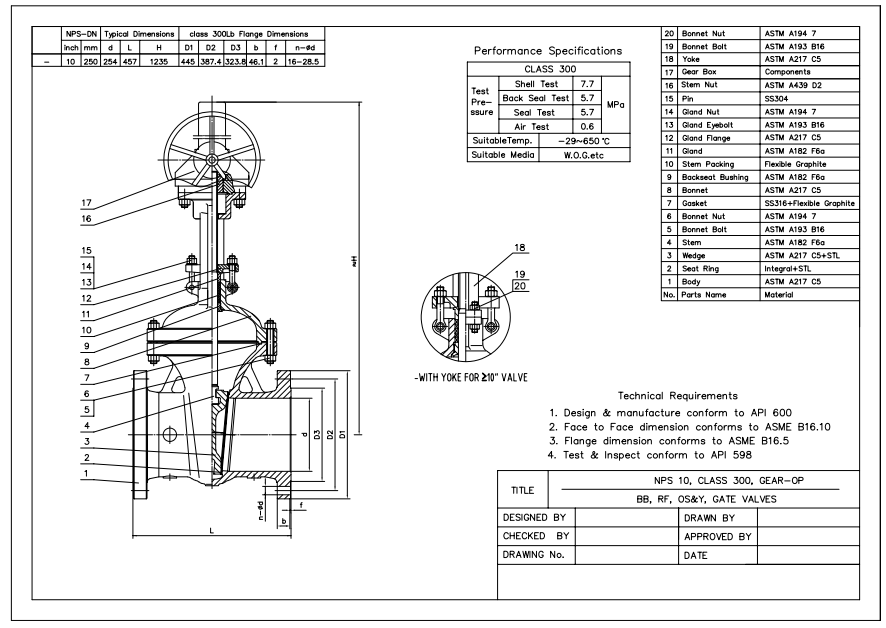
Dimension Checking
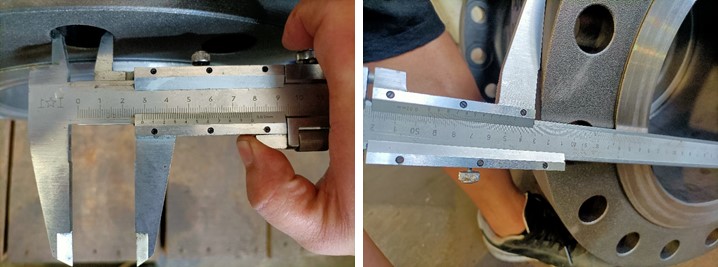
Pressure Testing
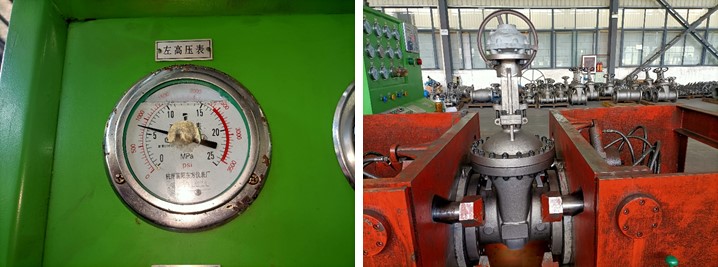
Painting
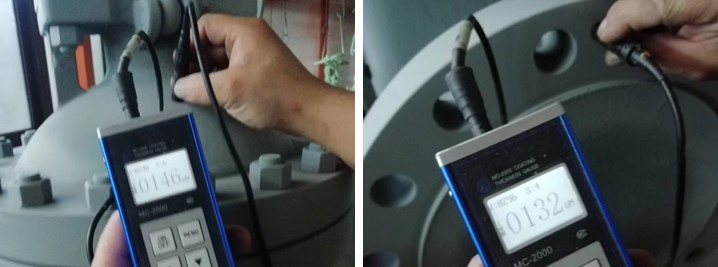
Packing
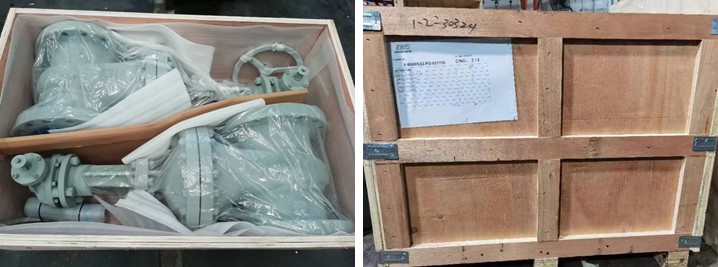
Inspection report
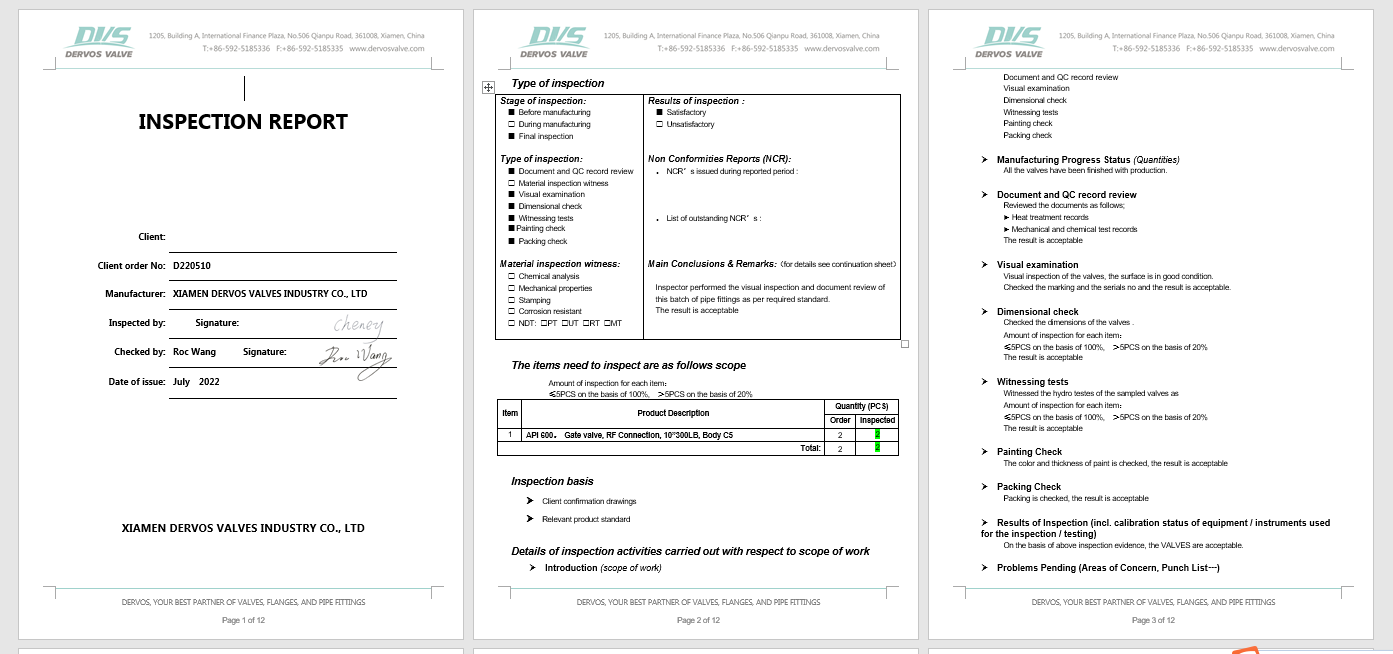
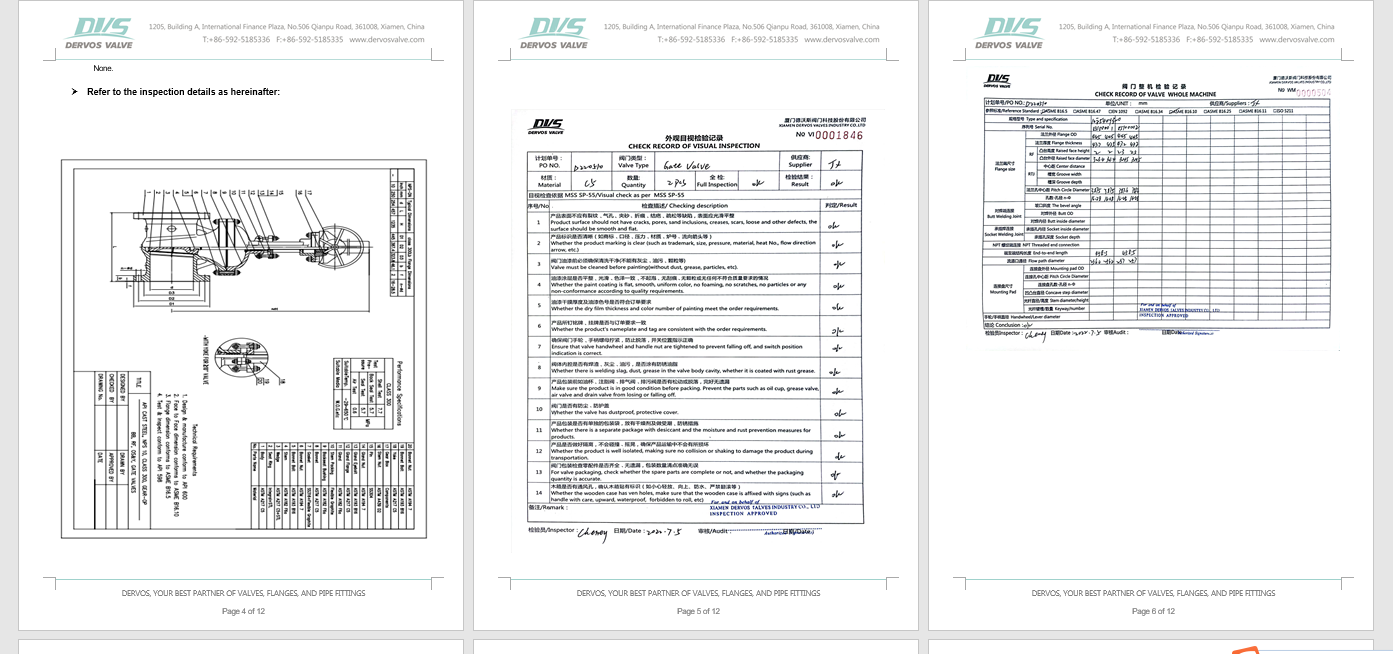
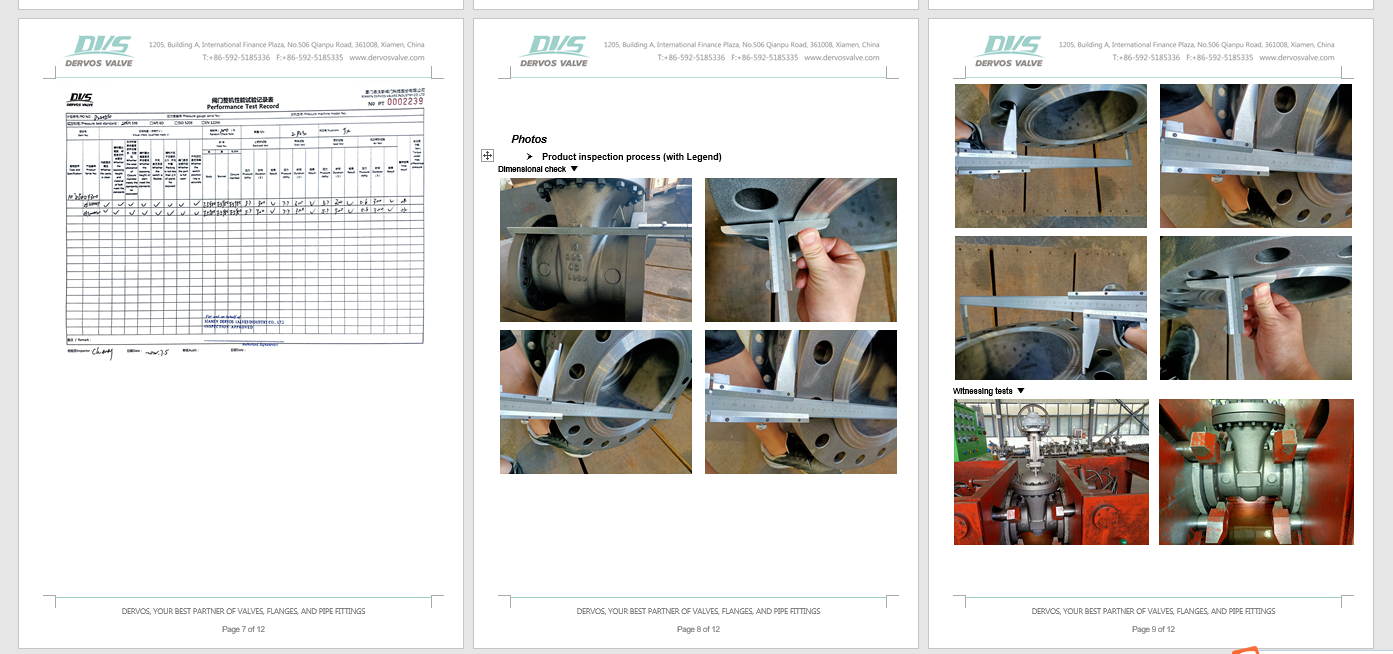
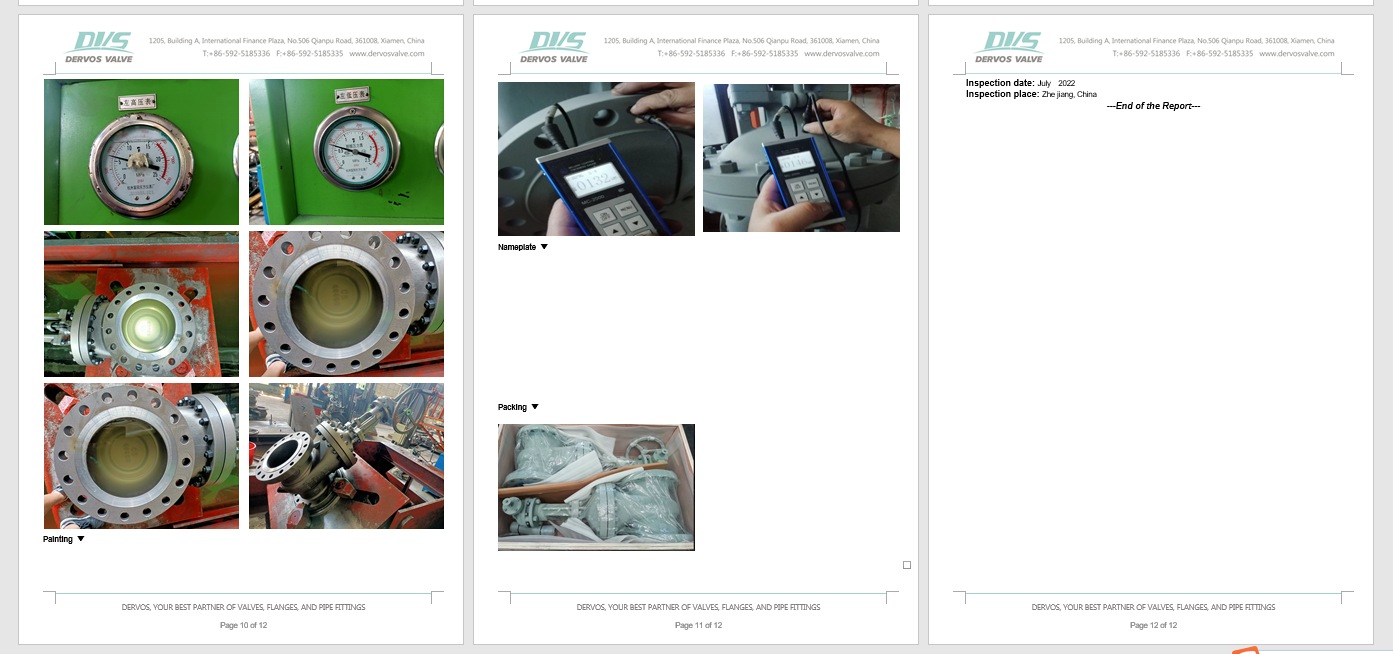
If you are interested in our products and want to know more details,please leave a message here,we will reply you as soon as we can.